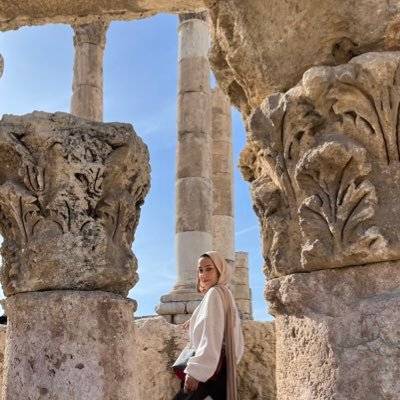What: The First Intifada
Where: West Bank and Gaza
When: 9 December 1987-17 September 1993
What happened?
The First Intifada, or uprising, began on 9 December 1987 in the Jabalia refugee camp in the Gaza Strip when an Israeli army truck collided with a civilian car resulting in the deaths of four Palestinians.
The killings caused uproar and soon protests began to gain fierce momentum with civil disobedience and resistance being the driving force. The general frustrations of Palestinians influenced the speed of the mobilisation with scores of unemployed youth taking to the streets to protest against Israeli violence as well as the Israeli state’s total control of their social, economic and political development.
The protests began with general strikes and the boycott of Israeli civil institutions across the Gaza Strip and the occupied West Bank with many Palestinians who travelled to Israel to work or who worked in Israeli settlements taking part in an economic boycott. This included refusal to pay taxes, to drive Palestinian cars with Israeli licences, working in unskilled or semi-skilled jobs, barricading roads and – what would go on to define Palestinian resistance – stone throwing at Israeli tanks and infrastructure.
Israel responded by deploying around 80,000 soldiers to break-up the protests which included spraying the crowd with bullets and killing scores of Palestinians.
In just over a year 332 Palestinians were killed, 53 of whom were under the age of 17, and 12 Israelis died. Following the shoot-to-kill policy adopted by the Israeli army, beatings became a common sight with Israeli soldiers using batons to literally break the bones of Palestinians.

The iconic picture of Faris Odeh throwing a stone at an Israel Defence Force’s tank in the Gaza Strip, 29 October 2000. Odeh was killed 10 days after this image was taken
What happened next?
For Israelis, the intifada was a reminder of the words of their first Prime Minister David Ben Gurion who said in 1938: “A people which fights against the usurpation of its land will not tire so easily.”
By its end in 1993, 1,489 Palestinians and 185 Israelis had been killed.
The hugely disproportionate violence and casualties on the Palestinian side provoked widespread international condemnation which influenced the UN Security Council to draft resolutions 607 and 608, demanding Israel cease the deportation of Palestinians.
By 1999, the resolution was repeated following the United Nation General Assembly’s condemnation of Israel’s actions during the intifada.
From 1989 to 1990, the United States continually vetoed the UN Security Council’s draft resolutions which deplored Israel for not complying with the fourth Geneva Convention and for its human rights abuses.
The intifada provoked unprecedented international coverage, and Israel’s response was criticised heavily by the media.
It also had a large impact on Israel’s economic sectors as well as causing the Israeli tourist industry great losses.
Palestinian Liberation Organisation leader Yasser Arafat’s popularity also grew as a result of the First Intifada. Arafat would win a majority at the Palestine National Council held in Algeria in 1988. He went on to recognise Israel’s legitimacy and to adopt the two-state solution.
At the intifada’s end in September 1993, the Oslo Accords negotiations began. The signing of the accords would create the Palestinian Authority, giving limited self-governance over the West Bank and the Gaza Strip. It also recognised the PLO as Israel’s partner in permanent status negotiations on all issues that followed.
The views expressed in this article belong to the author and do not necessarily reflect the editorial policy of Middle East Monitor.

![A Palestinian child throws stones at an Israeli Defence Force's tank, much like the iconic image of Faris Odeh from October 2000, during the second Intifada [Musa Al-Shaer/AFP]](https://i0.wp.com/www.middleeastmonitor.com/wp-content/uploads/2016/12/palestinian-child-throwing-rock-at-israeli-tank-photo-by-musa-AL-SHAER-e1481141346313.jpg?fit=920%2C612&ssl=1)







